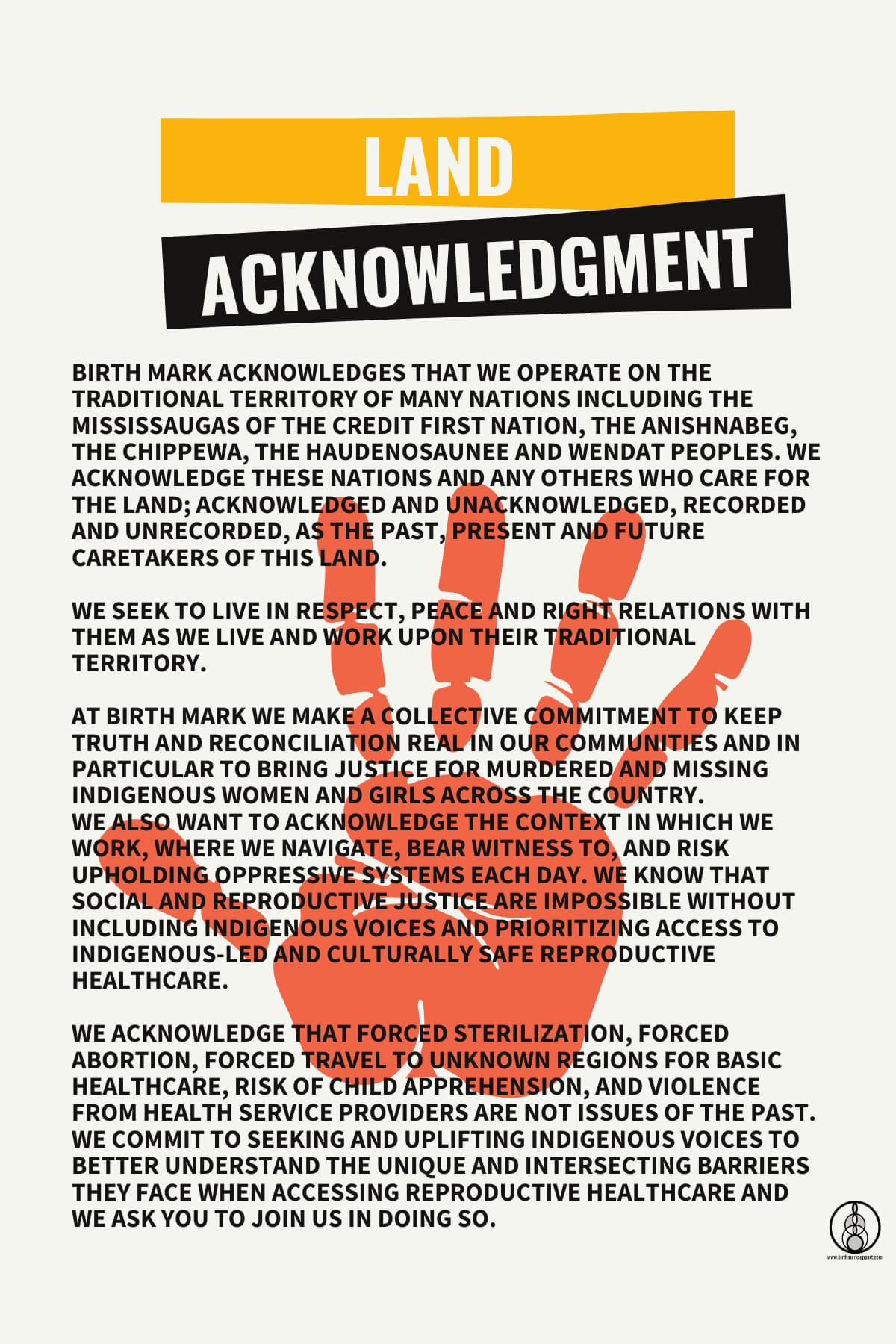Canadian Land Acknowledgments Evolving Beyond Symbolism, Sparking Legal Debates

Land acknowledgments, a common practice in Canada recognizing Indigenous peoples' traditional territories, are increasingly being viewed as more than mere symbolic gestures. A recent tweet from The Free Press suggested that "all those land acknowledgments weren’t just symbolic. They may have been advance notice," highlighting a growing perception of their potential legal and practical implications. This perspective underscores an ongoing debate about their role in reconciliation and Indigenous rights.
Initially, land acknowledgments gained prominence as a way to acknowledge the historical and ongoing presence of Indigenous peoples on their traditional lands, often in the context of the Truth and Reconciliation Commission's calls to action. They serve as a statement of respect and an attempt to foster understanding of Canada's colonial history. However, critics have often dismissed them as performative, lacking tangible impact if not coupled with concrete actions.
The phrase "unceded territory," frequently used in these acknowledgments, carries significant legal weight. While some view it as a political declaration, legal experts argue it can be a statement of legal fact, asserting that the land was never formally surrendered to the Crown by treaty. This interpretation has led to legal challenges, such as a lawsuit against the University of British Columbia alleging that its land acknowledgments violate its non-political mandate. Similarly, New Brunswick previously instructed its institutions to avoid official land acknowledgments, citing potential legal consequences and the risk of undermining Crown sovereignty.
Indigenous leaders and scholars advocate for moving "beyond acknowledgment" to meaningful action. They emphasize that while acknowledgments are a first step, true reconciliation requires tangible commitments such as land return, voluntary land taxes, and support for Indigenous-led initiatives. For instance, the Haida Nation's recent agreement with British Columbia, recognizing Haida Aboriginal Title to all of Haida Gwaii, exemplifies a significant move towards practical recognition of Indigenous land rights.
The evolving understanding of land acknowledgments reflects a broader shift in Canada's approach to Indigenous relations. What began as a gesture of recognition is now increasingly seen through a lens of legal and political consequence, prompting discussions about genuine reconciliation, land rights, and the future of Indigenous-Crown relations.